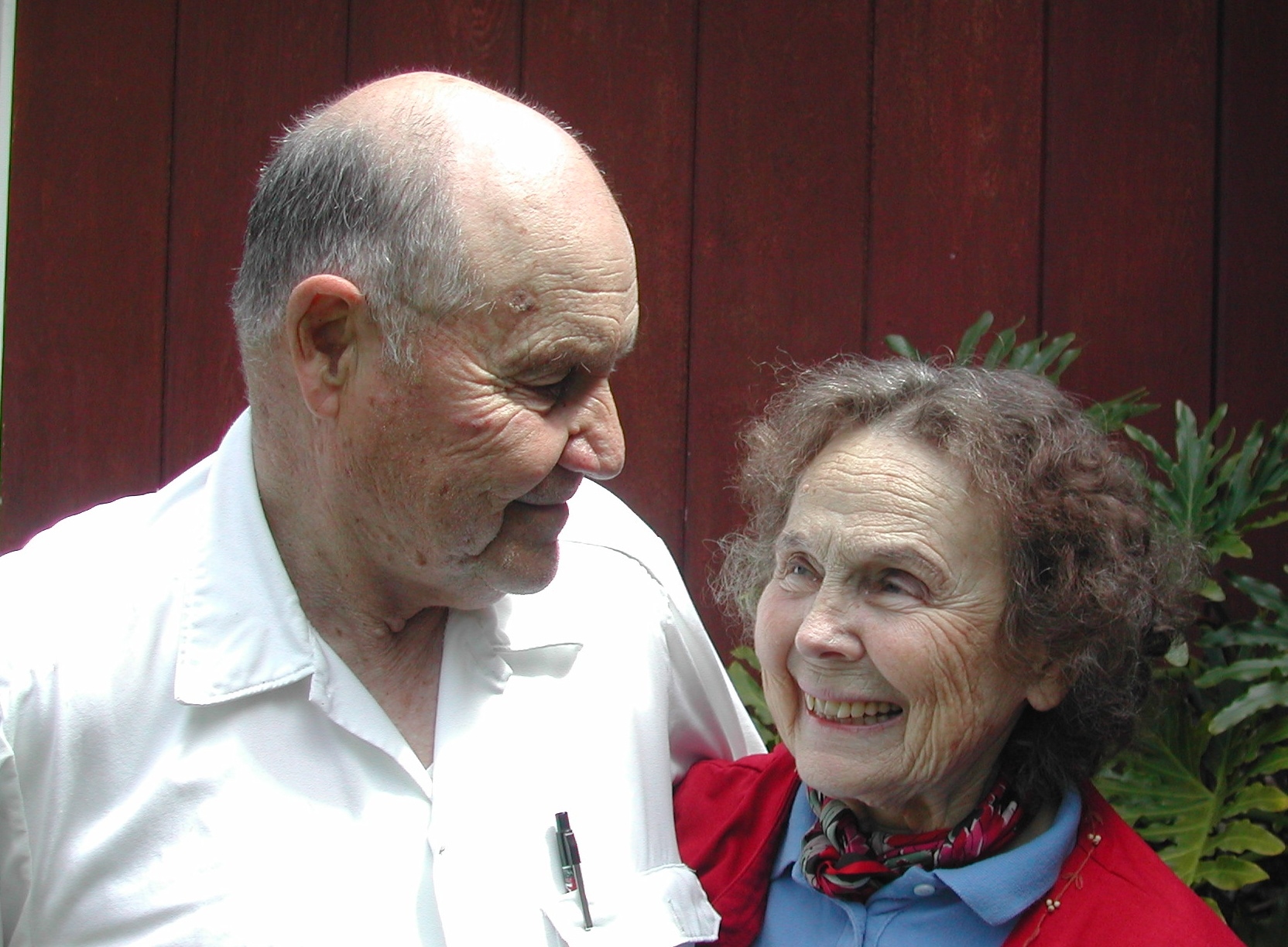Much has been said in the press in last few weeks about neighborhood organizations and their increasing role in city affairs. I am proud of the accomplishments of the Midtown Residents Association MRA and the loyal and talented members of our steering committee, members who are elected at a general meeting from a board-proposed slate of candidates, and who volunteer their time to improve the quality of life in Midtown.
Our accomplishments are seen all over Midtown. The vivid mural by Elizabeth Lada on the side of Longs is the first for any Longs anywhere and the first public art for Midtown. This mural will be soon be followed by a nearby Poetry Wall, the successful introduction of the restaurant Como Esta-again the first deli for any Walgreen's-and the approval of an additional traffic light for Midtown Center safety.
We advocated and won approval for ground floor retail protection in Midtown and Charleston Plaza, which will ensure neighborhood-serving stores occupy the ground floor in our neighborhood centers. We have worked with our city council to promote a city ordinance on urban blight, facilitated many small interventions on behalf of our members, and attempted to recruit businesses, such as Trader Joe's, to our Center.
We have key focus areas, much as the city council does, to prioritize our efforts. We take positions before the city council and commissioners on topics that we feel are in the best interest of Midtown. These areas of focus have included safety for pedestrians, bicyclists, and cars; as well as proper zoning for noise, lighting, signage, parking and landscaping. If we do not think there is a clear community consensus on issues, we convene a general meeting for more discussion.
Can we do more? Absolutely. But to accomplish more, we need broader involvement and increased membership. Our organization is less than 10 years old. We continue to grow and evolve with our residents and members. As Chair, I urge you to join us and let your voice be heard. Attend MRA meetings, bring/tell a friend, join a committee, become a block captain. Come out, be informed, send us your thoughts. We will continue to make connections with more Midtown residents throughout the year, including an MRA awareness campaign in the summer with an information table in Midtown Center.
We welcome your participation in our meetings, our committees, and social events. Our association is open to everyone who lives in Midtown. We continue to work on getting the word out about MRA-who we are, what our priorities are, how to contact us, notices about our meetings and events-through our newsletter, our frequent enews, and media publicity. Our web site is a handy source of events, current issues, and past newsletters, as well as how to contact us. Our outstanding emergency preparation section is linked to from many other associations.
We have formed bonds and friendships with other neighborhoods and have learned much from them and they from us. Some examples include:
- Our ongoing project on emergency preparedness.
- We joined hands with Barron Park Neighborhood to convince the Santa Clara Water District to explore new models allowing lower flood walls
- We meet together to learn more about topics such as How to Read a City Budget as well as keep on top off what is coming up in the Zoning Ordinance for our commercial centers and residential housing.
We believe that these connections have improved our effectiveness and established friendships that will link our community as we work together to keep and improve our quality of life in this great city.
